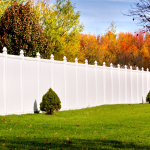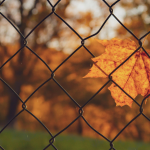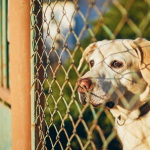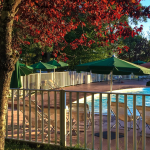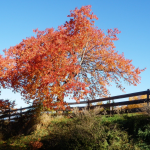As fall settles in and cooler temperatures invite pets to spend more time outdoors, ensuring your fence is secure becomes more important than ever. Whether you’re enjoying backyard playtime with your pup or keeping barnyard animals safely contained, the right fence installation plays a critical role in keeping your furry friends protected.
From residential fence installation in suburban Clarksville neighborhoods to securing larger rural properties, this guide walks you through key considerations for pet-proofing your fence this fall. We’ll also discuss how materials like vinyl fences, aluminum fences, and chain link fences each offer unique benefits for animal containment.
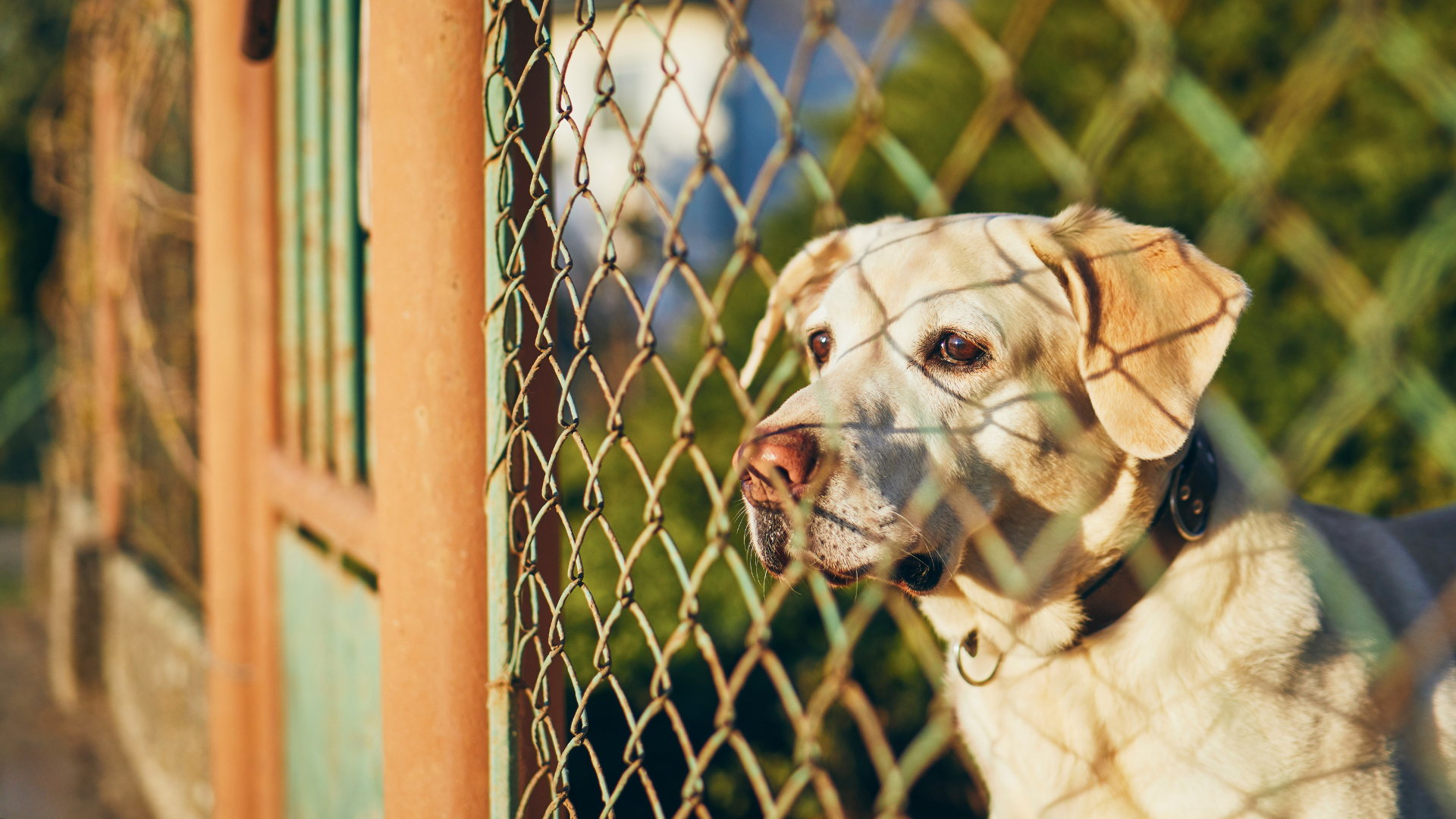
Why Fall is the Right Time to Pet-Proof Your Fence
Fall is the perfect season to evaluate your yard’s safety. With milder weather and reduced summer vegetation, it’s easier to inspect for gaps, damage, and vulnerable points. Plus, making updates now helps you avoid winter-related issues like frozen ground or broken fence components due to temperature shifts.
Pets are more active in the cooler months, too—especially dogs who love sniffing out fall scents or running through leaves. Ensuring your fence installation is up to the task gives you peace of mind that they can enjoy the outdoors without escaping.
1. Choose the Right Fence Height
Different animals require different fence heights. An athletic dog like a Labrador or Husky may need a much taller fence than a smaller breed or a cat.
Recommended Heights:
- Small dogs (under 30 lbs): 3 to 4 feet.
- Medium dogs (30–60 lbs): 4 to 5 feet.
- Large dogs (over 60 lbs) or jumpers: 6 feet or taller.
- Cats: Fencing should include cat-proof toppers or inward-facing barriers, since most cats can scale standard fences.
We can help determine the best height for your specific breed and property layout.
2. Material Matters: Pet-Friendly Fence Options
When it comes to residential fence installation, not all materials are created equal for pet containment. Let’s break down the pros and cons of popular fencing types:
Vinyl Fence
- Pros: Durable, smooth surface (no splinters or sharp edges), great for privacy.
- Cons: More expensive than wood or chain link, less flexible for add-ons like dig guards.
- Best for: Medium-to-large dogs and privacy-focused homeowners.
Aluminum Fence
- Pros: Stylish, rust-resistant, long-lasting.
- Cons: Spaced pickets may not contain small dogs or cats.
- Best for: Large dogs, decorative enclosures, and gated areas like patios.
Chain Link Fence
- Pros: Budget-friendly, customizable height, can be fitted with bottom guards.
- Cons: Less attractive, dogs may try to climb.
- Best for: Functional containment, large backyards, rural properties.
Your fencing choice should balance security, aesthetics, and budget. If you’re unsure, Clarksville Fencing can walk you through options during a site visit.
3. Secure Your Gates
Gates are the most vulnerable point in any fence. A loose latch or wide opening can easily become an escape route.
Fall Gate Maintenance Checklist:
- Check for rust or corrosion on hinges (especially on aluminum or chain link fences).
- Ensure all latches close securely—preferably with self-latching or locking systems.
- Add spring-loaded or double-sided latches to prevent dogs from opening them with a nudge.
- Install gate reinforcements or crossbars to prevent sagging, especially on wooden gates.
Don’t forget to inspect gate posts for signs of shifting from summer dryness or soil movement from recent rain. Firm posts are key to secure fencing.
4. Prevent Escape from Below or Between
Some pets are diggers. Others are contortionists. In either case, the bottom of your fence needs attention.
Anti-Escape Tactics:
- Dig guards or mesh: Attach wire mesh 1–2 feet below ground or curve it outward at the base of your fence.
- Concrete footer: For serious escape artists, a buried footer prevents digging completely.
- Tight spacing: Choose materials like vinyl privacy fences or wooden slats to avoid gaps large enough for smaller pets to squeeze through.
- A chain link fence can be retrofitted with bottom rails or tension wire to secure loose areas.
5. Consider Seasonal Hazards
Fall brings wet leaves, slippery surfaces, and increased wind. All of these can impact fence performance.
- Falling branches can damage or break fence sections—especially older wooden fences.
- Wet leaves can hide gaps or holes at the base of the fence.
- Cold snaps can cause vinyl fences to become brittle, making them more vulnerable to impact.
Be sure to clean up debris, trim nearby trees, and inspect your fencing after each major weather event.
6. Plan for Rural Properties or Multi-Pet Households
If you own a farm, ranch, or just have lots of animals, consider commercial fence installation for larger enclosures. Split-rail fencing with wire mesh inserts is a popular and cost-effective way to contain animals while preserving views.
For multi-pet families, design a space that works for all species:
- Separate enclosures for dogs and chickens or cats.
- Double-gated entry systems to reduce escape risk.
- Outdoor pet areas with aluminum fencing or vinyl fencing for easy cleaning.
Trust Your Local Clarksville Fence Company
Pet-proofing your fence doesn’t have to be overwhelming. With the help of a trusted local fence company like Clarksville Fencing, you can:
- Choose the right materials for your pets’ behavior and size.
- Install custom solutions like dig guards, privacy panels, or special gates.
- Ensure all installations meet local codes and HOA guidelines.
Fall is a great time to prepare your yard for a safe and secure winter—and that includes making sure your pets stay protected. From residential fence installation for suburban homes to commercial fence installation for larger properties, having the right fencing setup ensures your pets stay happy and healthy outdoors all season long. Ready to get started? Request a quote today!


